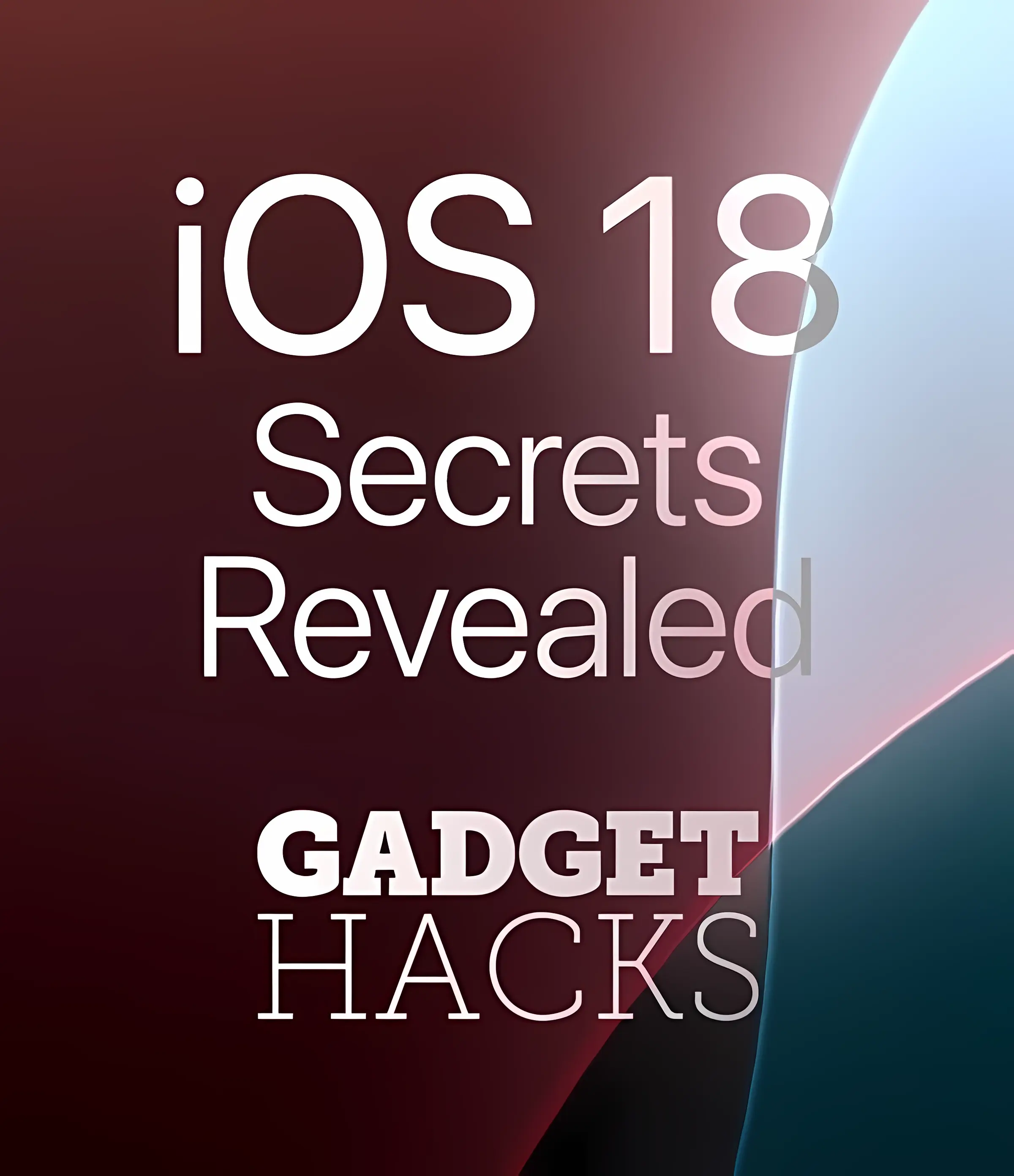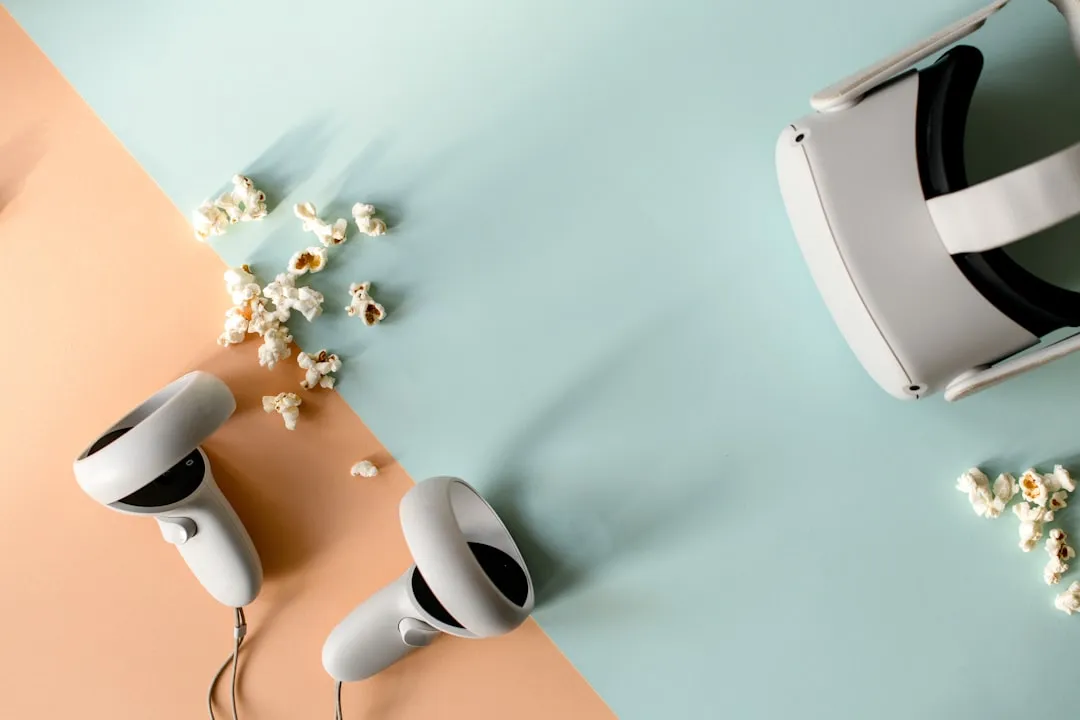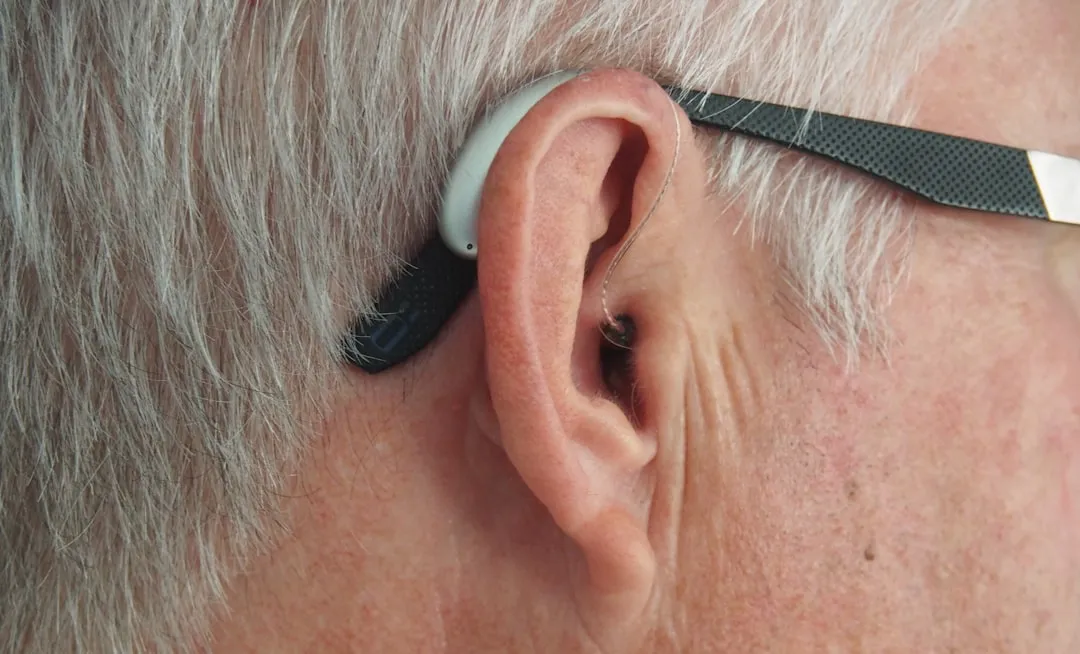How-To Guides from Next Reality


how to
How to Expand Your Available AR Effects for Your 3D Spectacles Videos


how to
How to Add Snapchat AR Effects to Your Spectacles 3 Videos


how to
How to Film Your Own AR Music Videos with Vidiyo, Lego's TikTok Competitor
Featured On Next Reality:
The Future of Augmented Reality


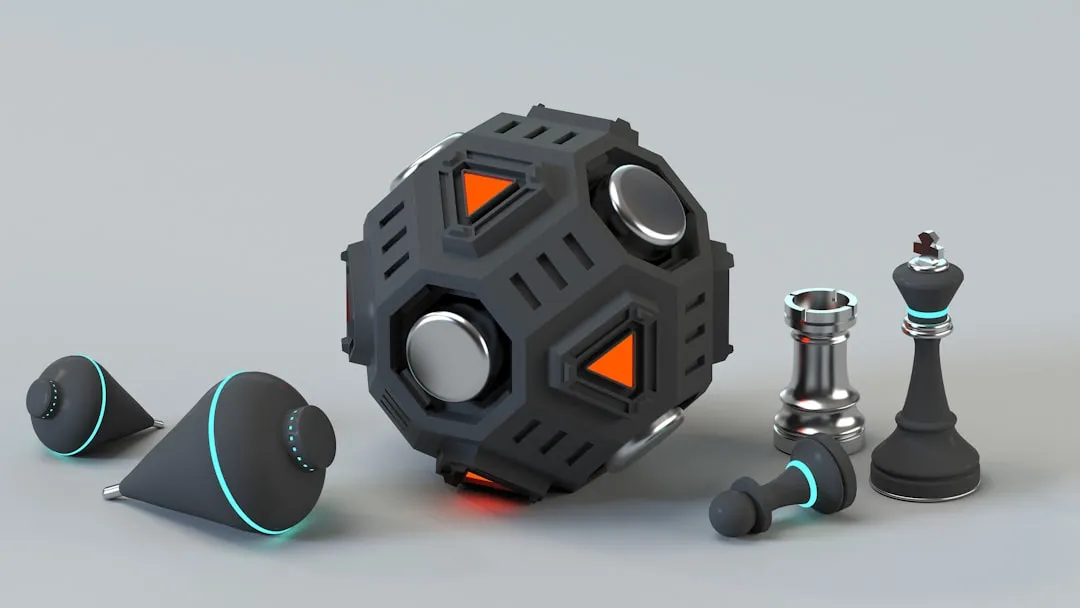

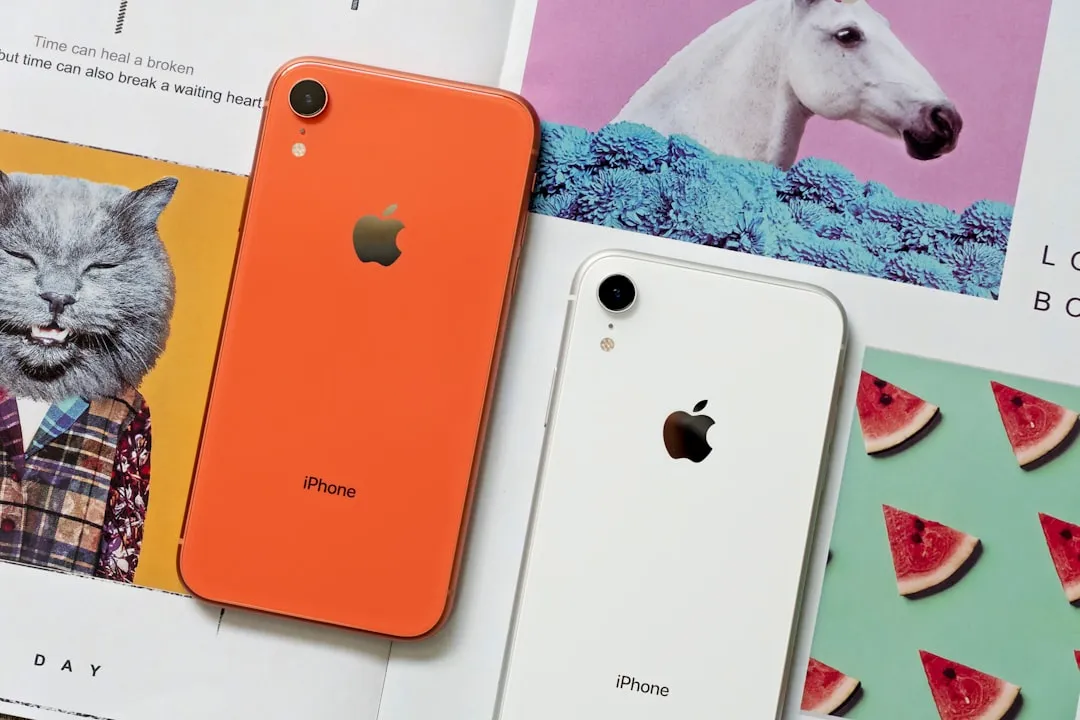





Featured On Next Reality:
Market Reality










Featured On Next Reality:
HoloLens Development Guides










Featured On Next Reality:
Hands-On
































































